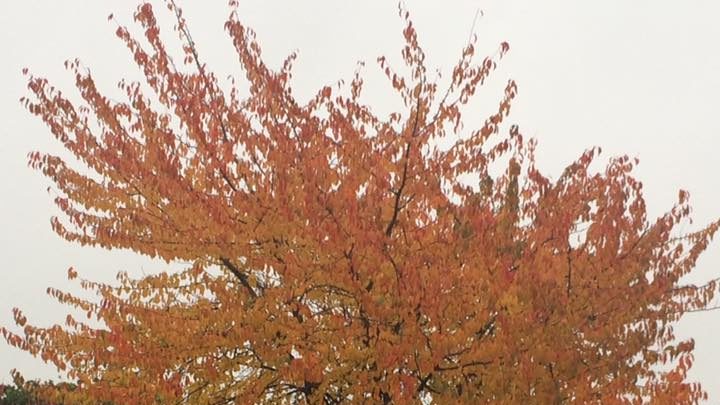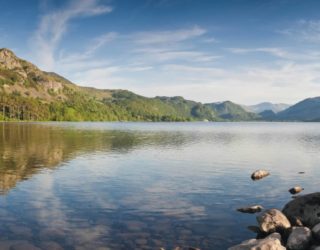November is that time of year when autumnal gales blow through and the leaves which have stubbornly held on to their supportive branches finally release their clasp and litter the ground with an array of rich and earthy colours.
It is also the time of year when tree surveyors frantically rack their brains to remember those little indicators which help identify skeletal trees – bud shape, size and colour, bark texture, tree form, and fruit and seeds scattered around the trees’ bases or which are still frantically clinging to the extensive network of branches which make up a tree’s framework.
After the clocks went back at the end of October, and whilst mornings are still light, survey days are cut short at four o’ clock, the grey and sullen skies making accurate assessment of the trees more challenging. And yet, it is against those lugubrious skies that the canopies stand stark against the skyline and the structure of the canopy can be fully evaluated. Crossing branches, rubbing limbs, and most importantly, deadwood, can be identified and remedial actions prescribed. Seasonal fungi however, have by now largely disappeared, their presence limited to underground mycelial fibres, waiting to attack next season’s wounded and weak wooden giants.
The multitude of trees that I regularly pass on my travels to survey sites around the north of England now exhibit their hidden frailties and I hope that someone is assessing their condition and is taking responsibility for maintaining them in a safe condition.
To find out more about arboricultural surveys and tree management, click here.











